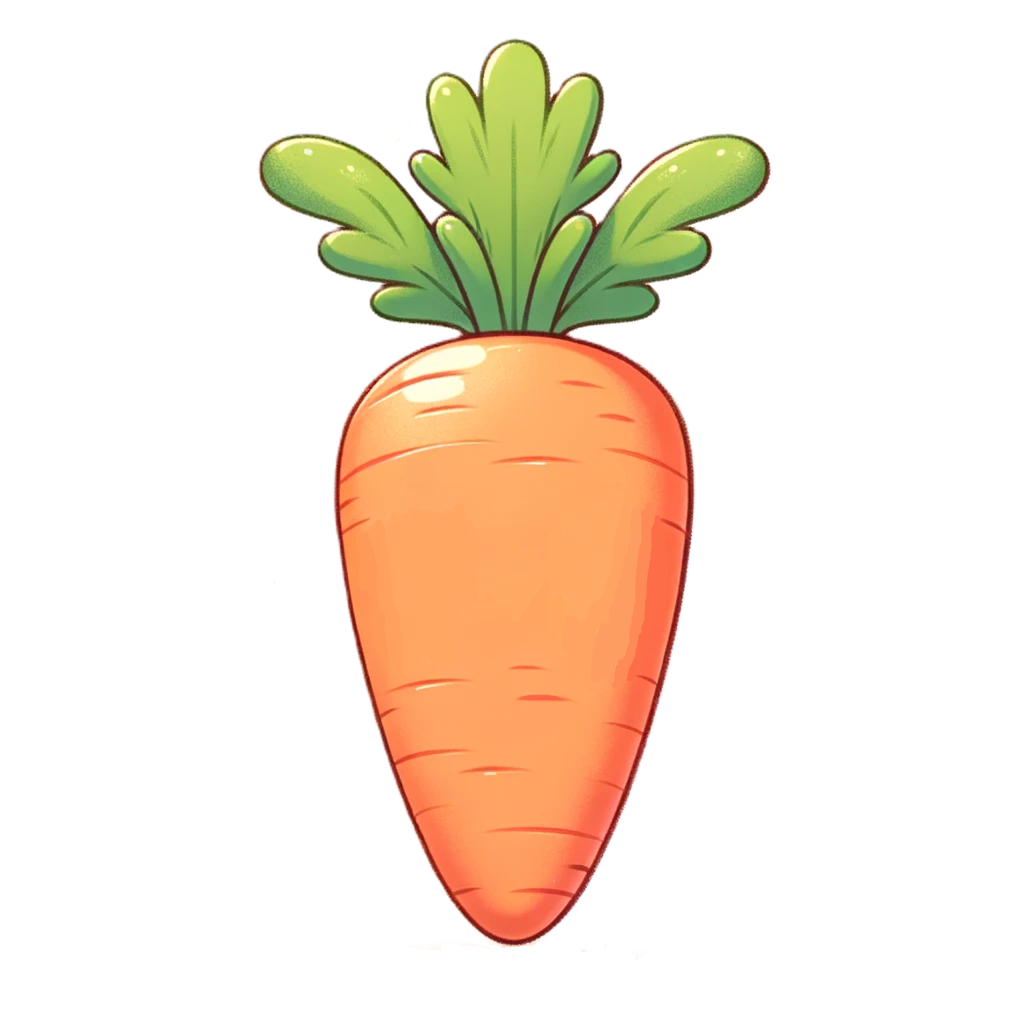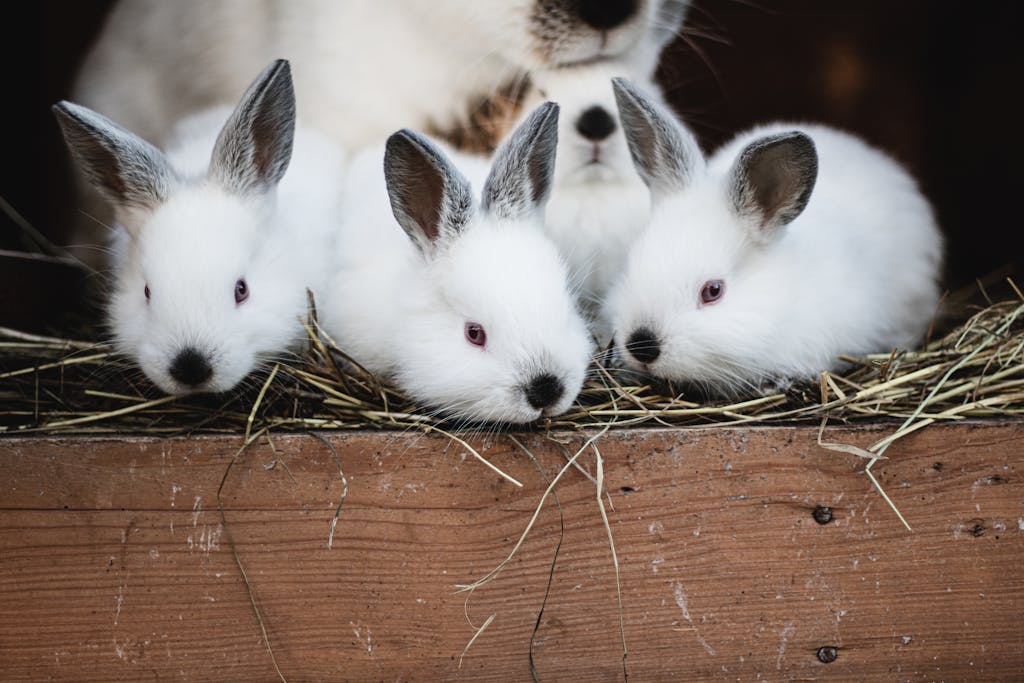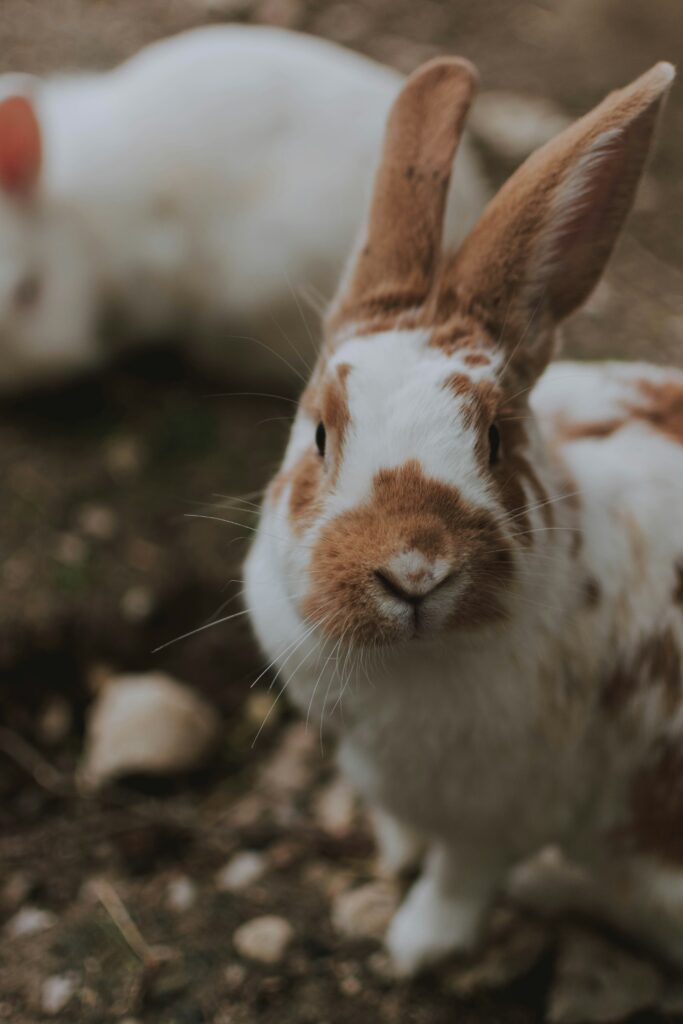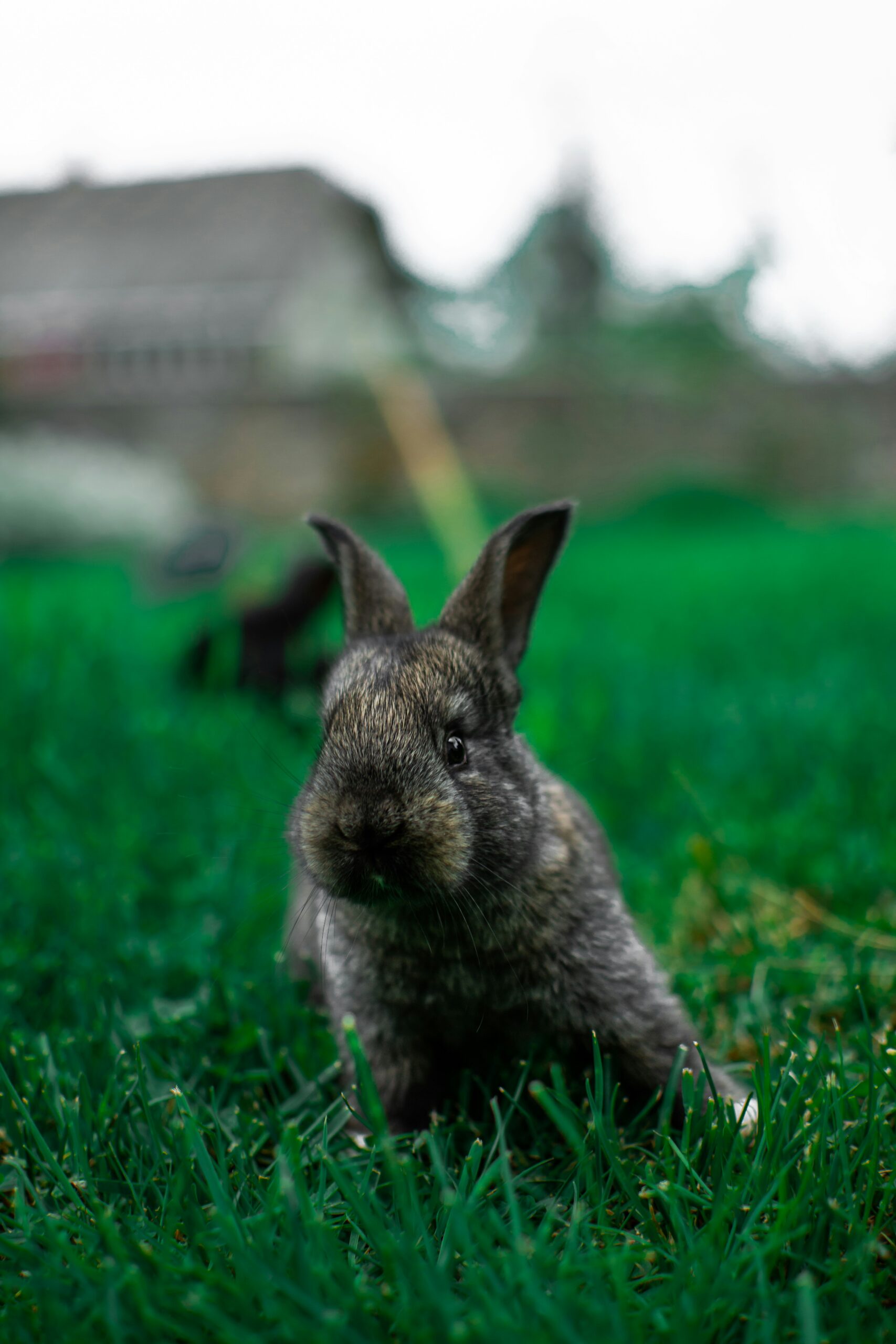
Cinnamon: The Spicy Breed
Facts at a glance!
Weight: 8.5 to 11 pounds
Recognized Colors:
Rust brown with gray ticking over the back and smoke gray coloring on the sides and points.
Introduction
Cinnamon rabbits are a unique breed, characterized by their russet colored fur that gives them their spicy name! Cinnamons are larger rabbits, weighing 8.5 to 11 pounds and have a solid, commercial build. They have docile personalities and make great pets and show animals.
In this breed spotlight, we will delve into the history, characteristics, care requirements, and temperament of the Cinnamon Rabbit, shedding light on why it’s a beloved choice for both novice and experienced rabbit enthusiasts.
History and Origin
The Cinnamon rabbit originated completely by accident! During the Easter season of 1962, the Houseman children of Missoula, Montana accidentally bred their Chinchilla doe to their New Zealand buck. Their parents allowed them to keep one buck and they joined 4-H, where they were given an additional Checkered Giant doe and a Californian doe. When the Californian doe was eventually bred to their crossed buck one if its kits was russet colored, and when the Checkered Giant doe was bred to the crossed buck, she produced two russet colored kits. Curiosity led the family to breed the two offspring of the Checkered Giant doe together, producing a litter where 70% of the kits had the same russet coloring. Just like that, a new breed was born! Breeders continued raising these rabbits, eventually known as Cinnamons, as unique colored commercial rabbits. In 1972, they were officially recognized by the ARBA.
Personality
Cinnamon Rabbits are known to have a friendly and sociable nature, making them great companions for individuals and families alike. They are known to be affectionate, gentle, and relatively easy to handle, especially when they are properly socialized from a young age.
Despite their docile demeanor, Cinnamon Rabbits retain a curious and playful streak. They delight in exploring their surroundings, investigating new objects, and engaging in interactive play with toys and enrichment activities. Providing ample mental and physical stimulation is essential for keeping Cinnamon Rabbits happy and fulfilled.
Like all rabbits, Cinnamon Rabbits are crepuscular, meaning they are most active during dawn and dusk. However, they can adjust their activity patterns to some extent based on their environment and daily routines. Providing a stimulating environment with plenty of opportunities for exercise and enrichment can help prevent boredom and encourage healthy behavior!
Physical Characteristics
The Cinnamon Rabbit is known for its stunning coat color, which resembles the warm hue of cinnamon. It also has a smokey gray coloration distributed over its sides, ears, face, and legs, with some smokey ticking over the back. The coat is dense, soft, and glossy, giving the rabbit a luxurious appearance.
In terms of body type, the Cinnamon Rabbit is large sized with a well-rounded, compact build. It has a broad head, sturdy shoulders, and muscular hindquarters. The ears are erect and of medium length, adding to the rabbit’s alert and curious expression. Overall, the Cinnamon Rabbit presents a balanced and proportionate silhouette.
Care and Maintenance
Caring for a Cinnamon rabbit involves providing an environment that meets both their physical and mental needs. Here are some essential care requirements to keep in mind:
Housing: Cinnamon rabbits can be housed indoors or outdoors, depending on climate and preference. Indoors, they should have a spacious cage or enclosure that allows them to move around comfortably. Ensure that your enclosure has a solid floor component such as a carpet square for your rabbit to rest on, lowering the risk of sore hocks. Outdoor enclosures should be secure and protected from predators, with adequate shelter from the elements.
Diet: A balanced diet is crucial for the health and well-being of Cinnamon rabbits. Their diet should consist primarily of high-quality hay, such as Timothy hay, supplemented high quality rabbit pellets and fresh vegetables in small amounts. Fresh water should be available at all times, provided in a clean water bottle or dish.
Grooming: Cinnamon rabbits do not require much grooming compared to other breeds such as Angoras, but regular grooming can help to foster bonding with your rabbit! Brushing them gently with a soft-bristled brush a few times a week can help remove loose fur. Additionally, you should be sure to trim their toenails regularly, every 1 to 2 months. Check out our nail trimming guide here if you are new to trimming toenails!
Exercise: Like all rabbits, Cinnamons are active animals that require regular exercise to stay healthy and happy. Their larger than average size makes it all the more difficult for them to satisfy their exercise needs in a cage. Providing opportunities for daily exercise outside of their enclosure is essential. This can include supervised playtime in a rabbit-proofed area of the home or a secure outdoor space.
Veterinary Care: Regular veterinary check-ups are great for monitoring the health of Cinnamon rabbits and addressing any potential medical issues promptly. They will also be able to provide any necessary vaccinations or spay/neuters.
Health Considerations
Cinnamons are generally very healthy, avoiding many of the genetic conditions that can cause issues for other breeds. Even so, there are still some general health considerations to keep in mind:
Sore Hocks: Larger rabbit breeds such as the Cinnamon can be susceptible to a condition known as sore hocks because of the greater amount of weight they put on their feet. This is when the bottoms of a rabbit’s feet become sore and inflamed. These sore feet can lose fur (exacerbating the problem), begin to bleed, and can become infected. A predisposition to sore hocks can be genetic, but it is most commonly seen when a rabbit spends a great deal of time resting on a wire cage bottom, or to a lesser extent when a rabbit often rests on a solid, hard surface.
Gastrointestinal Stasis: This condition occurs when a rabbit’s digestive system slows down or stops functioning properly, often due to poor diet, lack of exercise, or stress. Signs include reduced appetite, lethargy, and decreased fecal output. Prompt veterinary attention is crucial to prevent complications.
Obesity: Cinnamon rabbits can become overweight if overfed or given too many high-calorie treats. Monitor their diet closely and ensure they receive regular exercise to maintain a healthy weight!
Respiratory Issues: Like all rabbits, Cinnamons are susceptible to respiratory infections, especially if kept in damp or poorly ventilated environments. Keep their living area clean and dry and seek veterinary care if you notice signs of respiratory distress such as sneezing or labored breathing.
Conclusion
Cinnamons are a traditionally commercial breed with beautiful, russet colored coats! They are a less common breed but are not rare enough to be on a conservation priority list at this time.
Whether kept as a beloved pet or exhibited in rabbit shows, Cinnamon Rabbits never fail to captivate! With proper care, attention, and companionship, Cinnamon Rabbits can make wonderful additions to families and households.
Whether you’re a seasoned rabbit enthusiast or considering a rabbit as a pet for the first time, the Cinnamon Rabbit is undoubtedly a breed worth considering for its beauty, charm, and delightful personality.
Looking for similar breeds?
Check these out!

californian
Californians are a similar size and commonly used as a commercial breed.

new zealand
New Zealands are a similar size and commonly used as a commercial breed.

palomino
The Palomino is a large commercial breed that is available in two colors: palomino and lynx.

rex
The Rex is a large rabbit with plush, velvety fur. They are available in several different colors.

Clover Crest Rabbitry

Nibble Nook Farm
See a Picture Missing?
Here at Hutch Happiness we want to showcase YOUR rabbits! If you have a photo of a rabbit you would like to share, reach out to me at Emily@hutchhappiness.com. Along with your rabbit photo we are happy to provide a link to your rabbitry website if available.
